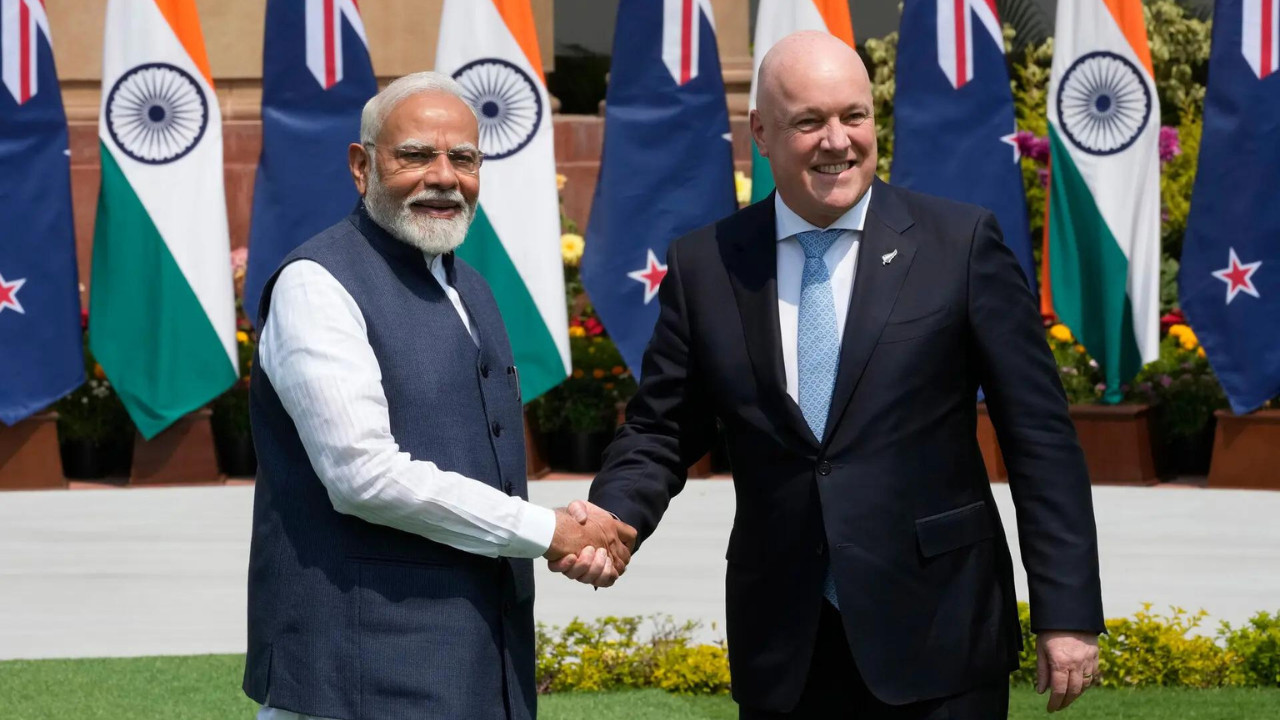The rupee weakened to 85.92 against the US dollar due to rising crude oil prices and a strong dollar, despite RBI intervention. Foreign fund outflows and stalled India-US trade agreement talks further pressured the rupee. Brent crude rose to $71.46 a barrel, while the dollar index edged up to 97.82, impacting the currency markets.
Navigating the Forex Seas: Understanding the Rupee’s Recent Dip
The financial markets are a bit like the ocean – sometimes calm, sometimes turbulent. Recently, the Indian Rupee has experienced a slight ripple, closing 12 paise lower at 83.53 against the US dollar. What caused this minor swell, and what does it mean for the Indian economy? Let’s dive in and unpack the factors influencing the rupee’s performance.
Decoding the Dollar’s Dominance
The strength of the US dollar often dictates the movements of other currencies. The dollar index, which measures the dollar’s value against a basket of six major currencies, has been showing resilience. This means that globally, investors are finding the dollar an attractive and safe haven, particularly amidst ongoing global economic uncertainties. Factors like the US Federal Reserve’s monetary policy decisions and overall economic performance in the US contribute significantly to the dollar’s allure. A stronger dollar often translates to downward pressure on other currencies, including the rupee.
Foreign Portfolio Investor (FPI) Flows: A Crucial Current
Another vital current impacting the rupee’s trajectory is the movement of foreign portfolio investments (FPIs). Think of FPIs as ships carrying capital into and out of a country. When FPIs flow into India, they increase the demand for rupees, strengthening its value. Conversely, when FPIs leave India, they sell rupees to buy dollars, which weakens the rupee. Recent data shows a continuation of FPI outflows, contributing to the rupee’s decline. Several factors can influence FPI decisions, including global interest rate differentials, perceived risks in the Indian market, and overall investor sentiment.
Domestic Economic Winds
India’s own economic performance also plays a critical role. Strong economic growth, stable inflation, and sound fiscal policies typically attract foreign investment and support the rupee. Conversely, concerns about economic slowdown, rising inflation, or fiscal imbalances can deter investors and weaken the currency. While India’s economic growth has been relatively robust, global headwinds and domestic challenges can still influence the rupee’s strength.
RBI’s Role: Steering the Ship
The Reserve Bank of India (RBI), India’s central bank, acts as the captain of the ship, intervening in the forex market to manage volatility and maintain stability. The RBI possesses substantial foreign exchange reserves, which it can use to buy or sell rupees in the market. If the rupee depreciates excessively, the RBI might sell dollars to buy rupees, thereby increasing demand for the local currency and cushioning its fall. However, the RBI also needs to balance intervention with maintaining sufficient reserves and allowing market forces to play a role.
What Does This Mean for You? Understanding the Indian Rupee Impact
A weaker rupee has varied impacts. For importers, it makes goods more expensive, potentially leading to higher inflation. For exporters, it can make their products more competitive in the global market. For those planning foreign travel or studying abroad, a weaker rupee means expenses will be higher when converted to rupees. For investors, it can affect the returns on their investments, particularly those with international exposure. Understanding these impacts helps individuals and businesses make informed financial decisions.

Looking Ahead: Charting the Course
Predicting currency movements with certainty is impossible, but closely monitoring global economic trends, FPI flows, domestic economic indicators, and the RBI’s policies offers valuable insights. Keep an eye on inflation data, interest rate announcements, and geopolitical developments, as these all influence the Indian Rupee’s direction. Understanding the dynamics at play allows for better preparedness and navigation of the financial seas. For instance, understanding how currency fluctuations impact investment strategies can be crucial, which is why articles discussing diversification may be helpful.
Conclusion: Staying Informed in a Dynamic Forex Market
The recent dip in the rupee underscores the interconnectedness of the global economy and the myriad factors influencing currency values. While short-term fluctuations are common, a comprehensive understanding of the underlying dynamics empowers individuals and businesses to make informed decisions and navigate the ever-changing financial landscape. By staying informed and adaptable, we can weather the storms and capitalize on the opportunities that arise in the dynamic world of forex.







